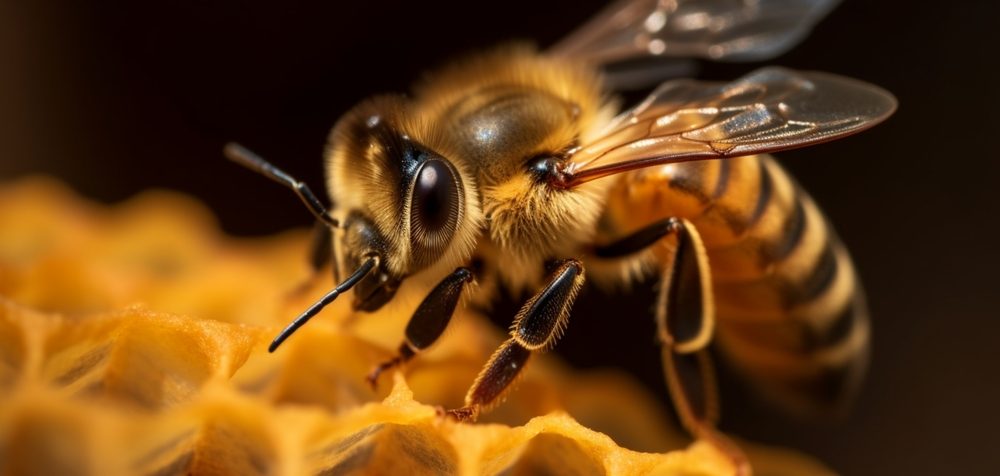
A team from the University of Barcelona has trained a group of mini robots to reach a consensus on tasks by copying processes displayed by honeybees. The study could lead to the development of “simple robots” that will make decisions in “a decentralized, autonomous manner.”
The bot behavior was modeled after “scout” bees, which seek new locations for hives and search for food. When a scout sights a potential hive site it does what is called a “gaggle dance,” a series of rapidly swaying motions in a figure eight formation. The dance is thought to convey the degree of desirability and certain details of the potential hive or food source. The dance signals to bees the distance and direction of the potential hive from the dance and, if related to a source of food, the type and size of that food supply.
The researchers designed and built a squadron of 35 kilobots – each 3 centimeters wide – equipped with tiny legs, LED lights, an infrared-light receiver, and the ability to perform the gaggle dance. The bots were programmed to replicate interactions among bees, using skills such as light recognition and motion signals. Each bot was required to find a potential nesting location for the colony and then forge a consensus among the other bots on the optimal spot.
The team devised a mathematical model representing the hive location task. They then launched the kilobots with instructions to convey their “opinions” about an ideal hive site to their fellow bots.
“Our experiments demonstrate that the kilobot swarm can collectively reach consensus decisions in a decentralized manner, akin to honeybees,” Professor M. Carmen Miguel stated. “These factors enable the formation of a percolated communication network, through which each robot can receive information beyond its immediate vicinity.”
